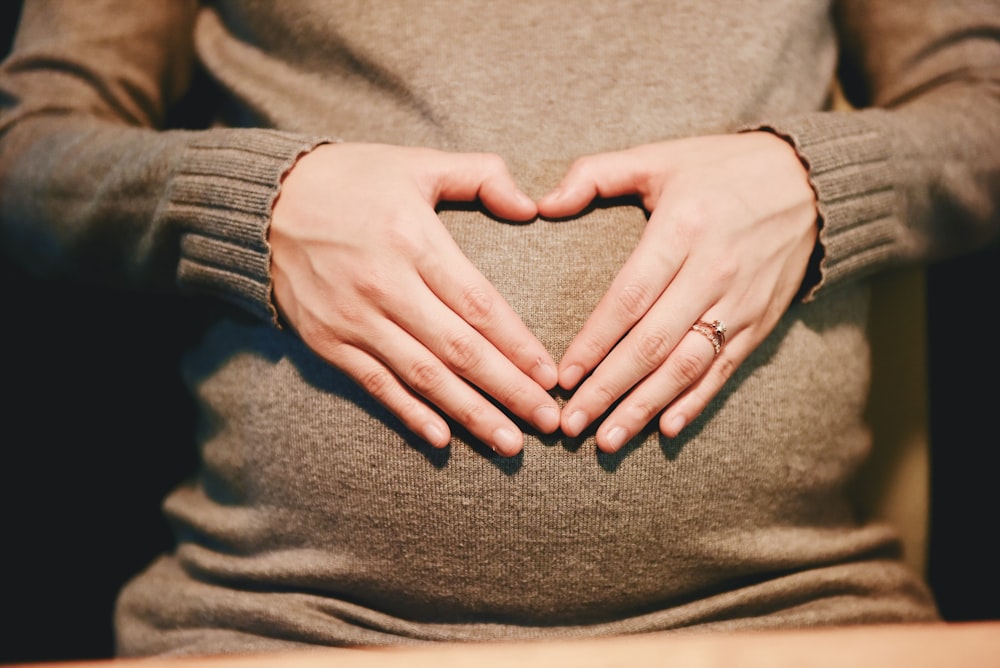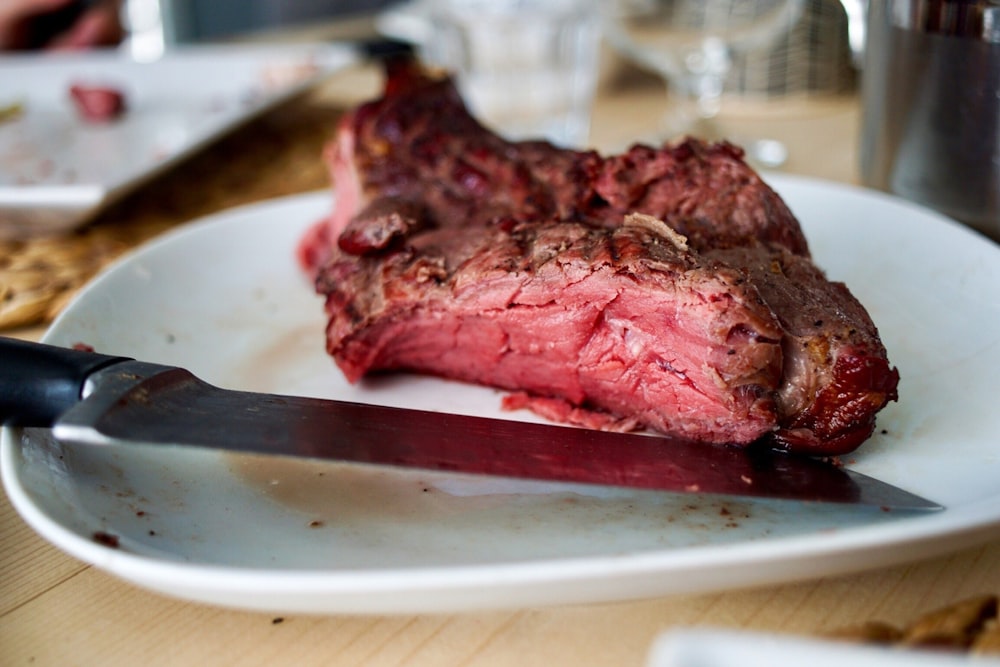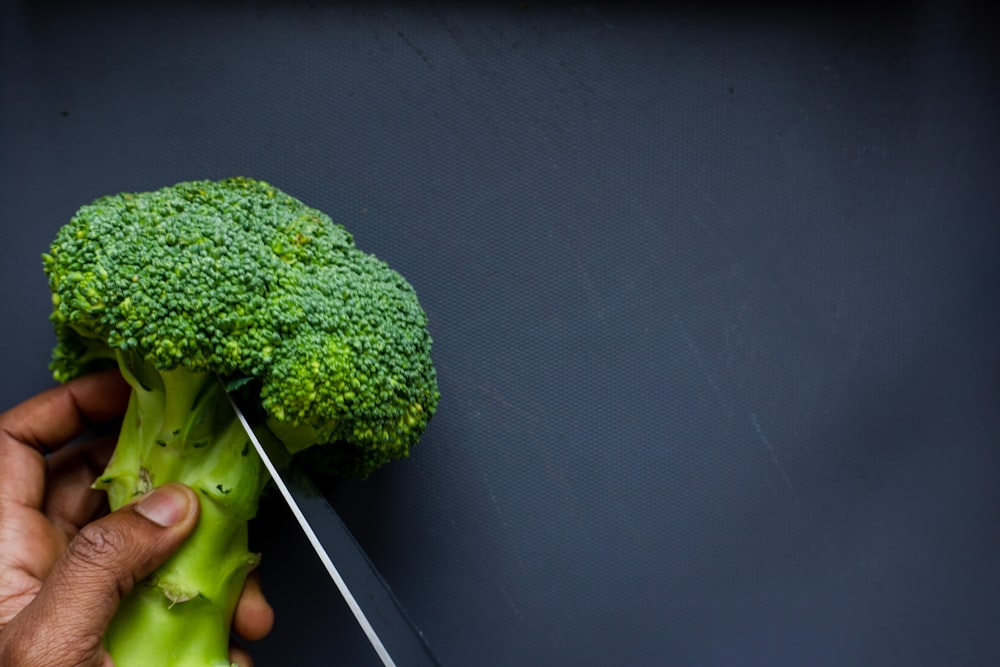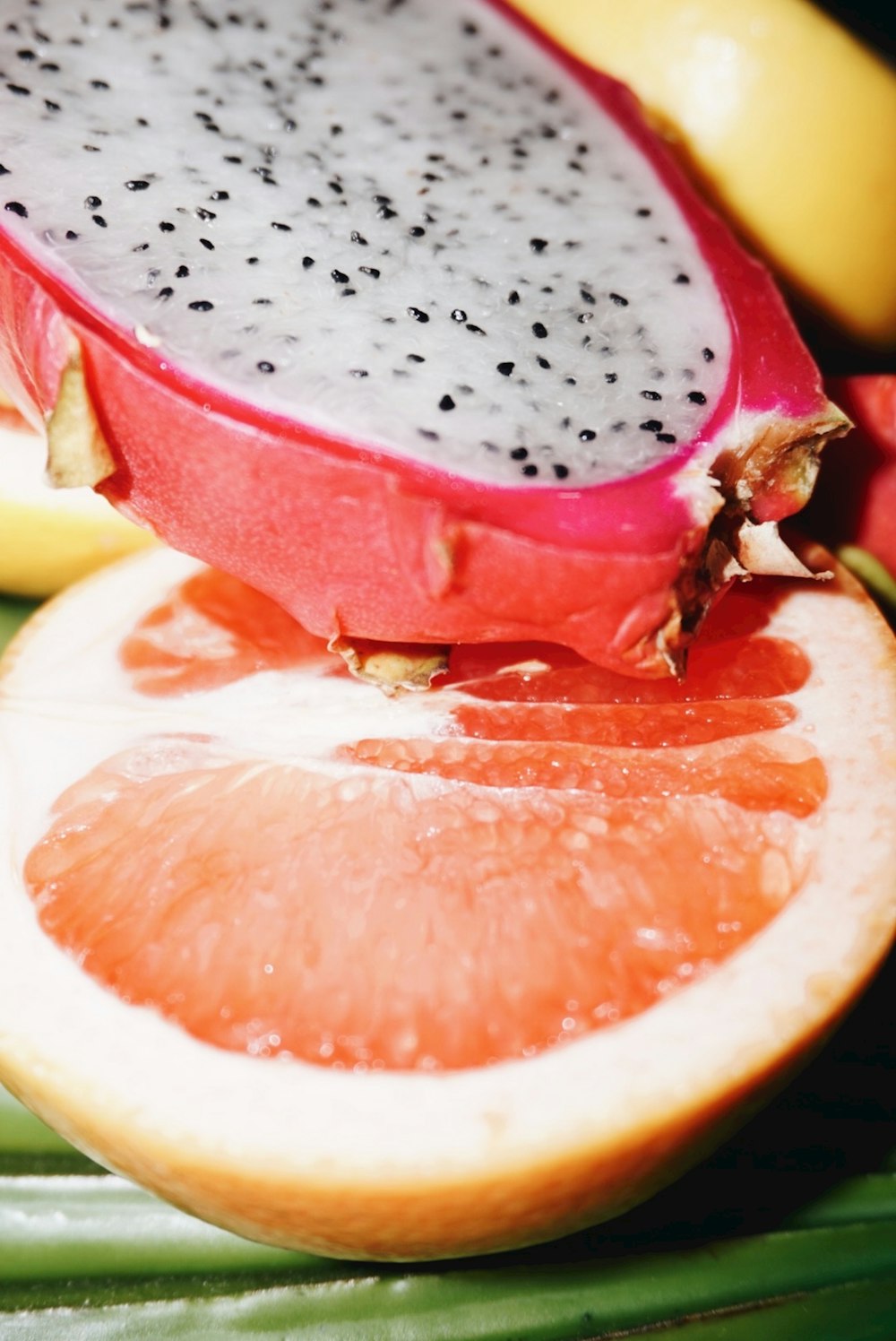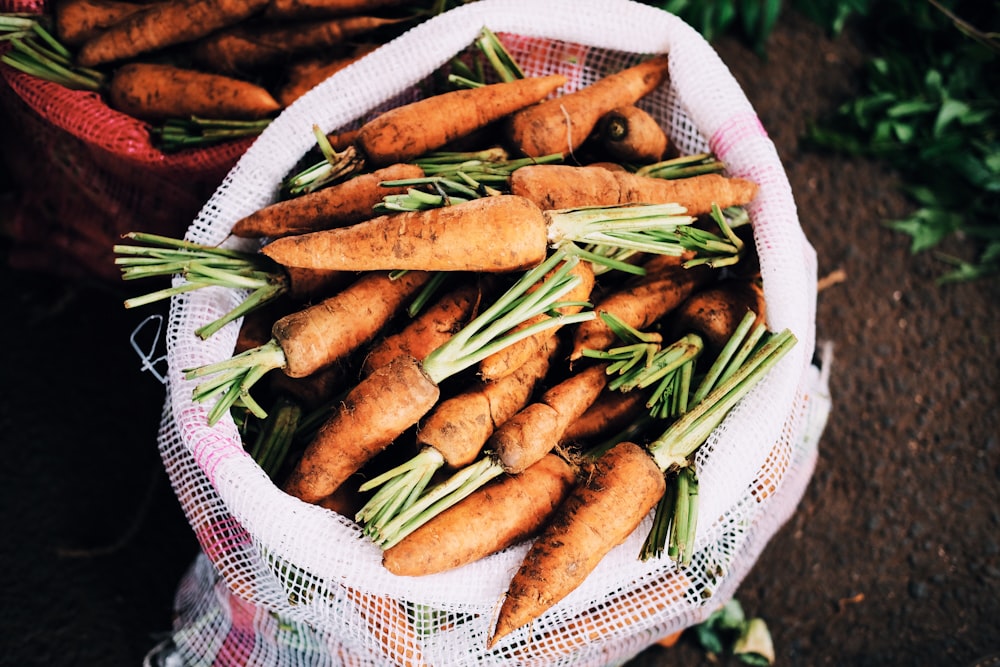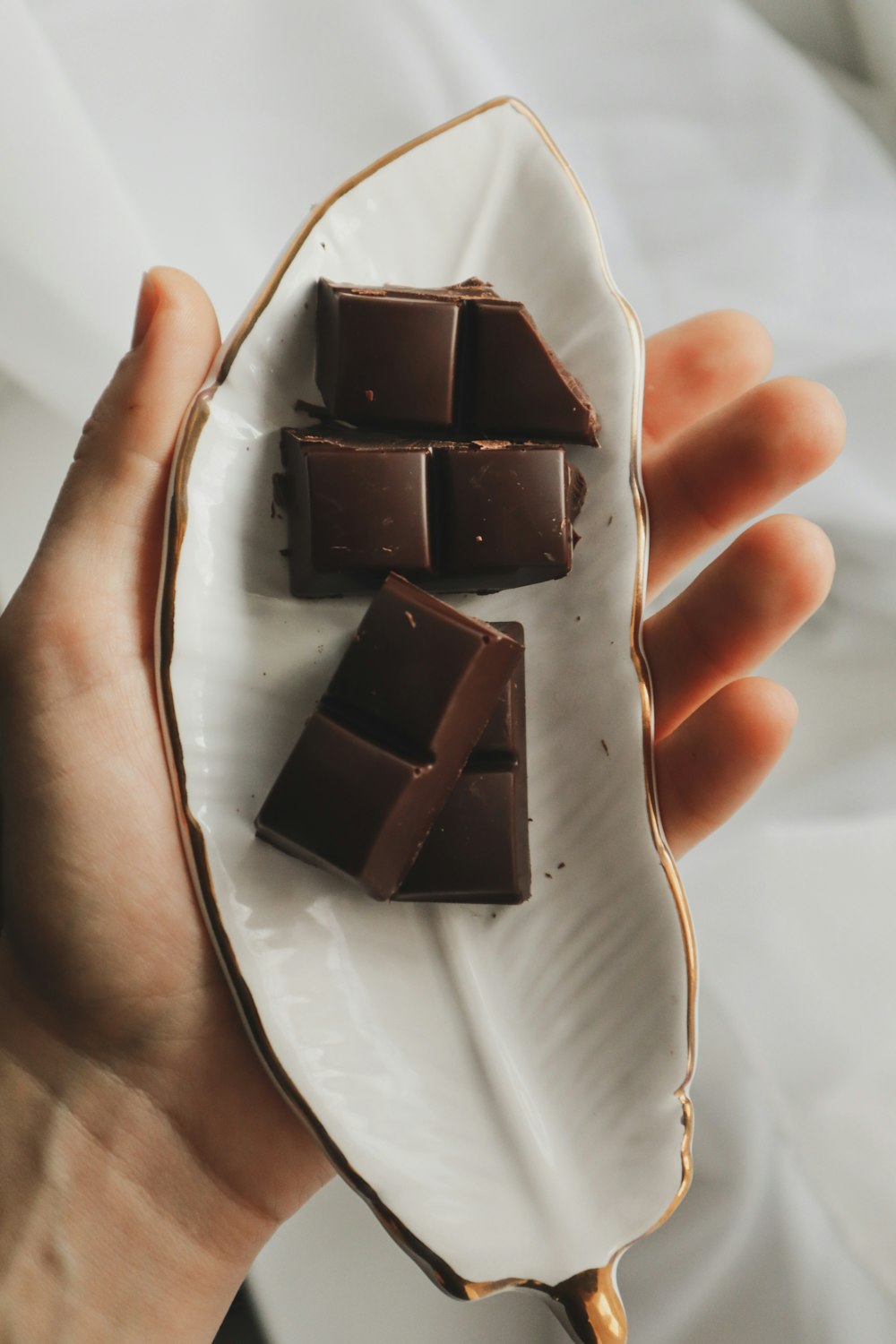Make Sure to Get Enough Iron

Do you easily get tired lately? Like going up the stairs make you catch a breath even though you are physically fit? Or does a few meters of brisk walking exhaust you quickly? If so, you might be lacking an essential nutrient called iron.
Regardless of an abundance of foods fortified with iron among a subset of the population, such as people on certain medications, pregnant women, vegans or vegetarians, and menstruating women, iron turns out to be one of the nutrients that we most often lack. So, to avoid iron deficiency anemia, make sure to get enough iron.
Why is iron essential?
Iron is responsible for many critical functions within our bodies to keep us alive. It can even make all the difference between how one can feel very energetic or exhausted.
What is iron, and what is iron deficiency anemia?
Iron is an essential component of hemoglobin, a substance in the red blood cells that transports oxygen to the different parts of the body. The brain, lungs, heart, and other organs depend on blood (and the iron it contains) to function. Without enough iron, our bodies do not have enough oxygen because the red blood cells don’t have them. This condition is medically termed as iron deficiency anemia.
What are the causes of iron deficiency?
A lack of iron in the blood implies at least one of the three main causes listed below. Each of these factors can also be a result of an underlying medical condition.
Decreased intake of iron
Vegetarians and vegans are typically at risk for iron deficiency. This is because the iron available in plants is a non-heme iron, which is not absorbed as easily as the iron found in fish, meats, and poultry.
Decreased absorption of iron
There are many cases that can result in a decreased absorption of iron. Here are the most common ones:
- Excessive intake of antacids and proton pump inhibitors has also been found to lower the amount of iron absorption for some individuals.
- Some intestinal disorders, such as Celiac and Crohn’s disease (malabsorption), can prevent the gastrointestinal system from properly absorbing certain types of nutrients, including iron.
- Substances in foods like phytates, polyphenols, and phytic acid can actually inhibit iron absorption. Too much of these in the body, along with a poorly balanced diet, can put someone at risk for deficiency.
Increased need for iron
Several factors can increase our need for nutrient iron. One common cause is rapid growth spurts in children. Women are also more prone to iron deficiency, especially those who are pregnant (due to the shared iron levels in the circulation with the fetus), and those who are menstruating.
Other minor causes of iron deficiency are blood loss from bleeding, including ulcers in the intestines or hemorrhoids. Those who regularly donate blood are also at risk, as well as people who take too many pain-relieving medications that can cause intestinal bleeding.
What are the signs and symptoms of iron deficiency anemia?
Many people who have iron deficiency anemia (IDA) may not be aware that they already have it. In fact, most individuals do not notice symptoms at all until the iron hits a very low level. Also, there are signs and symptoms of iron deficiency that are not exclusive to iron deficiency anemia, as it can be due to other illnesses or other chronic conditions.
To make things more difficult to notice, anemia can be subtle—gradually becoming worse over time. And even if you are relatively or physically fit, IDA can cause difficulty exercising.
As IDA progresses, the signs and symptoms may include any (or a combination of) the following:
- Brittle nails
- Cold, clammy hands and feet
- Dizziness
- Fatigue
- Grumpiness
- Hair loss
- Headaches
- Inflammation of the tongue (Glossitis)
- Irritability
- Paleness of the skin
- Poor appetite
- Rapid heartbeat
- Restless legs syndrome
- Shortening of attention span
- Shortness of breath
- Slow cognitive development in children
- Trouble concentrating
- Unusual cravings for dirt or ice
How to get enough iron?
Are you worried about not having enough iron in your body? Well, there are ways to avoid that. Here are some tips to prevent iron deficiency anemia and keep your iron at an adequate level:
Add iron-rich foods in your diet.
The best way to prevent iron deficiency is to eat foods rich in iron. Here are some examples:
- Red meat
- Poultry
- Baked potatoes
- Beans and lentils
- Tofu
- Seafood
- Cashews
- Spinach and other dark green leafy vegetables
- Dried fruits such as apricots and raisins
- Iron-fortified foods including bread, cereals, and pasta
- Peas
The body absorbs iron easily from meat than from other sources (like plants). If you prefer not to eat meat, or if you are a vegan, you may want to consider getting iron from supplements.
If you want to know what foods belong to a heme iron-rich or non-heme group, see the lists adopted from the website hemophilia news today below:
Heme Iron Foods
- Beef
- Canned sardines
- Chicken
- Clams
- Fish
- Ham
- Lamb
- Liver
- Mussels
- Oysters
- Other sources of red meats
- Pork
- Turkey
- Veal
Non-Heme Iron Foods
- Baked potatoes
- Broccoli stems
- Chickpeas
- Cooked beans
- Cooked lentils
- Dried apricots
- Iron-fortified foods (bread, cereals, pasta, and rice)
- Kidney beans
- Lima beans
- Nuts
- Peas
- Pumpkin seeds
- Raw and cooked kale
- Raw and cooked spinach
- Sesame seeds
- Squash seeds
- Tofu
Choose foods containing vitamin C to enhance iron absorption.
To enhance the body's absorption and help extract the most amount of iron out of the foods you eat, we recommend eating foods high in vitamin C as well. Vitamin C has been observed to promote iron absorption.
You can drink citrus juices like orange juice or eat foods high in vitamin C. Other sources of Vitamin C include:
- Citrus fruits
- Kiwi
- Broccoli
- Melons
- Grapefruit
- Tomatoes
- Leafy greens
- Strawberries
- Peppers
- Tangerines
Don’t forget to eat food high in Vitamin A and Beta-Carotene.
We all know that Vitamin A is essential in keeping our vision and immune system healthy, as well as the strength of our bones.
Beta-Carotene, on the other hand, is a red-orange pigment (like chlorophyll, a green pigment) found in plants, vegetables, and fruits. It is a precursor of Vitamin A, which means that after we consume Beta-Carotene, it becomes Vitamin A inside our bodies.
Food sources that are high in beta-carotene and vitamin A include some of the brightly coloured vegetables and fruits, such as carrots. In fact, beta-carotene is responsible for giving plants their colour. Aside from carrots, you can also get Vitamin A and Beta-carotene from apricots, cantaloupe, kale, oranges, peaches, red peppers, spinach, sweet potatoes, and squash.
So why vitamin A and Beta-carotene?
In a study published in the Journal of Nutrition, a hundred participants were given cereal-based meals containing different concentrations of vitamin A. Results of the research suggest that Vitamin A and beta-carotene may have an effect on iron absorption. It was concluded that both beta carotene and vitamin A form a complex with iron and possibly prevent the effects of compounds that hinder iron absorption in the intestinal lumen.
Know What Foods, Drinks, and Medications May Hinder The Absorption of Iron.
While knowing the foods that can increase iron is beneficial, it is also helpful to understand what can hinder iron absorption. Here are some of the foods and food groups that may decrease the rate of iron absorption in the body:
Calcium-Rich Foods
Calcium. This mineral is essential for building healthy and strong bones. However, there is evidence from studies that show calcium’s effects on hindering iron (Fe) absorption in humans. The study further mentioned that this is true regardless of whether the source of calcium is from dairy products or if it is given as calcium salts.
This might seem worrisome since there are individuals who need to increase calcium intake. But, keep in mind that some of the studies were short term, and other factors may come at play for each individual. Also, long term studies are warranted to learn the specific effects of calcium on iron absorption.
The key fact to remember is that one should abide by the suggested levels for calcium intake or any vitamin and mineral. Also, always discuss dietary or any health concerns with a family physician. He or she would know if you need to add something or avoid anything from your diet.
Foods Containing Phytate
Phytic acids, also known as Phytates, are compounds that can be found in foods such as cereals, fibre, legumes, nuts, soy protein, and whole grains.
Even at five percent, phytate can significantly decrease the bioavailability of iron. This compound, in fact, according to the Iron Disorders Institute, can reduce the absorption of iron by fifty to sixty-five percent.Other sources of Phytate include:
- Almonds
- Dried beans
- Lentils
- Peas
- Sesame
- Walnuts
In another study, researchers have found that 2 mg of phytic acid (phytate) in food can inhibit as much as 18%. This was after adding phytate to wheat rolls. Plus, when 250 mg of phytic acid was consumed, up to 82% of iron was not absorbed in the body.
This effect of phytate in some of the foods we eat can be avoided by consuming foods high in vitamin C, which can enhance the absorption of nonheme iron.
Foods and Beverages Containing Polyphenols
Another compound discussed by the Iron Disorders Institute on their website is polyphenols. These compounds are major inhibitors of iron absorption. Also called phenolic compounds, polyphenols are commonly found in beverages such as coffee, tea, and wine. You can also find polyphenols in foods like apples, blackberries, blueberries, raspberries, and Swedish cocoa. Of all the polyphenols, Swedish cocoa and certain teas with chlorogenic acid and tannins, demonstrate the most effect in inhibiting iron absorption, in some cases up to 90%.
A cup of black tea, a beverage that contains high levels of tannins, for instance, was found to reduce iron absorption up to around sixty to seventy percent, regardless of how strong the tea was prepared.
However, when black tea was taken between meals, their iron absorption inhibiting capabilities were reduced to 20%. You can read more from the study “Effect of tea and other dietary factors on iron absorption.”
The good thing is that there are ways to counteract the negative effects of polyphenols from the food that we eat or beverages that we drink. For one, you can enjoy drinking your favourite tea or coffee a couple of hours after consuming an iron-rich meal.
Foods and Drinks with Oxalates
Oxalates are another compound that can impair the absorption of non-heme iron. They are natural substances that bind to calcium, while digestion is happening in the stomach and intestines. They are also derived from oxalic acid, which is found in foods like:
- Beets
- Chocolate
- Herbs (such as Basil, Oregano, and Parsley)
- Kale
- Nuts
- Rhubarb
- Spinach
- Strawberries
- Tea
- Wheat bran
Foods with Phosphoprotein
Phosvitin, one of the egg yolk phosphoprotein, is a bioactive compound that binds with iron. In fact, its iron-binding capacity is deemed to be the reason for the low bioavailability of iron in eggs. This characteristic of eggs, called “egg factor” by some, has been observed in various studies. The Iron Disorders Institute even said that a boiled egg could lower the absorption of iron by as much as 28%.
Are There Health Risks If You Have Too Much Iron?
Iron is an important mineral that our bodies need to survive. However, as with many other nutrients, having too much can be harmful. Although rare, getting excessive iron is still possible.
The good thing is that our bodies have a way to control them. With the help of hepcidin, a hormone produced by the liver, our iron stores can be kept in balance.
Iron Regulation in Our Bodies
Imagine if the levels of iron in your body are high. When this happens, the brain detects them, and in turn, the liver produces hepcidin. After that, the hormone is secreted into the circulation. Hepcidin balances iron levels in the body to make sure that we just get enough. In other words, when we have too much iron in the body, iron absorption decreases. When iron levels are low, its absorption increases. For this reason, it is not common to suffer from excessive iron in the diet. But, there are some cases where iron overload or iron toxicity can happen.
Dysmetabolic Iron Overload Syndrome (DIOS)
This condition happens when there is a mild increase in both liver and body iron stores. It is associated with metabolic syndrome in the absence of any apparent or identifiable causes of high iron levels. People with Dysmetabolic Iron Overload Syndrome (DIOS) are more likely to have elevated liver enzymes, which is most likely due to fatty liver.
Iron overload in the body, especially in the vital organs of the body, even in mild cases, may increase the risk of:
- Cirrhosis of the liver
- Diabetes mellitus
- Heart attack
- Heart failure
- Hypogonadism
- Hypothyroidism
- Liver cancer
- Metabolic syndrome
- Osteoarthritis
- Osteoporosis
It can manifest with numerous symptoms and, in some cases, may result in premature death. Unmanaged iron overload can also accelerate various health conditions such as neurodegenerative diseases, including Alzheimer’s, early-onset Parkinson’s disease, epilepsy, Huntington’s disease, as well as Multiple Sclerosis.
Other causes of iron overload can be:
- Acquired by receiving a blood transfusion
- Consuming high levels or too much iron supplements
- Genetic (inherited)
- Getting injections or iron shots
Hemochromatosis (HH)
Hemochromatosis is a hereditary disorder of abnormal iron metabolism. People with this condition absorb too much iron from the food that they consume. Once the body absorbs them, they do not have efficient ways to remove the excess iron. Over time, the high iron levels build up and cause an iron overload—becoming too toxic to the cells and body tissues. When the organs and glands such as the heart, liver, pancreas, joints (synovium), bone marrow, pituitary, and thyroid gland become overwhelmed with the excess iron, they may not be able to function properly. Some diseases may also develop or progress if already present.
Types of Genetic Hemochromatosis
There are different types of genetic hemochromatosis. Health professionals classify them as Type I or Classic hemochromatosis (HHC); Type II, also known as Juvenile hemochromatosis (JHC); Type III hemochromatosis or Transferrin Receptor Mutation; and Ferroportin Mutation or Type IV hemochromatosis.
Other genetic disorders that may result in iron overload
Dysmetabolic Iron Overload Syndrome (DIOS) and Hemochromatosis (HH) are not the only conditions that may result in an overload of iron in the body. There are several genetic disorders that may also cause iron overload. These include:
- Aceruloplasminemia and atransferrinemia (very rare protein transport disorders)
- African iron overload
- Enzyme deficiencies such as pyruvate kinase, glucose-6-phosphate dehydrogenase (G6PD)
- Sickle cell disease
- Thalassemia
- X-linked sideroblastic anemia
What are the Signs and Symptoms Of Excess Iron in the body (Iron Overload):
Here are some signs and symptoms, as well as diseases resulting from excessive iron:
- Abdominal pain
- Adrenal function problems
- Alopecia or hair loss
- Amenorrhea or loss of monthly period
- Changes in skin colour (turning ashen-gray green, bronze)
- Depression
- Diabetes mellitus
- Elevated blood sugar levels
- Heart problems (Heart attack or heart failure)
- Hepatomegaly or enlarged liver
- High liver enzymes
- Hypogonadism
- Hypothyroidism
- Hypopituitarism
- Impotence
- Infertility
- Irregular heart rhythm
- Joint pain
- Liver problems (liver disease or cancer)
- Loss of libido or interest in sex
- Neurodegenerative disease (early onset)
- Osteoarthritis
- Osteoporosis
- Splenomegaly or enlarged spleen
Treatment for Iron Overload
There are several ways to address excessive iron stores. Here are the most common ones:
Iron Chelation Therapy
To treat iron overload, doctors can prescribe iron reduction therapy. One type of iron reduction therapy is Iron Chelation Therapy, a procedure that involves removing excess iron stores from the body using special medications. It comes from the Greek word “Chelate”, which means "claw".
Phlebotomy
Phlebotomy is another type of therapeutic way to reduce iron stores in the body. Instead of taking special medications, people with excess iron undergo blood removal that is identical to blood donation, except that it requires a prescription from the attending physician.
However, a phlebotomy can be inconvenient to some individuals because it is invasive, may be painful, and it is a life-long commitment. But, they are known to be effective. Research even clearly shows that the survival rates and quality of life can significantly improve with this type of iron reduction therapy, even for patients who have symptoms that already progressed (for instance, those who have sustained organ damage). For people diagnosed with excessive iron stores early on, especially before clinical symptoms manifest, or before there is evidence of liver issues, longevity is statistically the same as those without hemochromatosis.
Find Out More
Here are other academic and government sites that you can visit to know more about the mineral iron, iron deficiency anemia (IDA), and ways to make sure to get enough iron.
Canadian Digestive Health Foundation (CDHF) - Website offering resources on digestive health, including useful, up-to-date information on nutrients.
Harvard Chan School of Public Health, The Nutrition Source - This website, launched in 2001, is a leading authority in providing science-based information for healthy living.
Health Canada Information on Iron - This is a Canadian government-run website offering support and information on nutrients in food, resources, helpful hints, and links to understanding food labels as well as Canada’s Food Guide, and shopping tips.
Iron Disorders Institute - Iron Disorders Institute (IDI) is a non-profit, national organization that aims to provide people with reliable information about iron disorders and ways to avoid them. They also advocate for government health agencies, health policy and lawmakers, the medical community, and the media. IDI also offers services, programs, and outreach to support people to live in good health.
Statistics Canada - agency producing high-quality statistical information on health, disorders, and other areas that matter.
Terms of Use
This article on ways to make sure how to get enough iron is meant for educational purposes only. The contents of this blog post, including all images, texts, or outside links, are not intended to replace and offer personal medical advice.
We advise that if you or anyone of your family has any health concerns, you should seek the advice of your family physician or other qualified healthcare providers. Please do not disregard nor delay seeking professional medical assistance because of something you have read or learned from this blog post.


